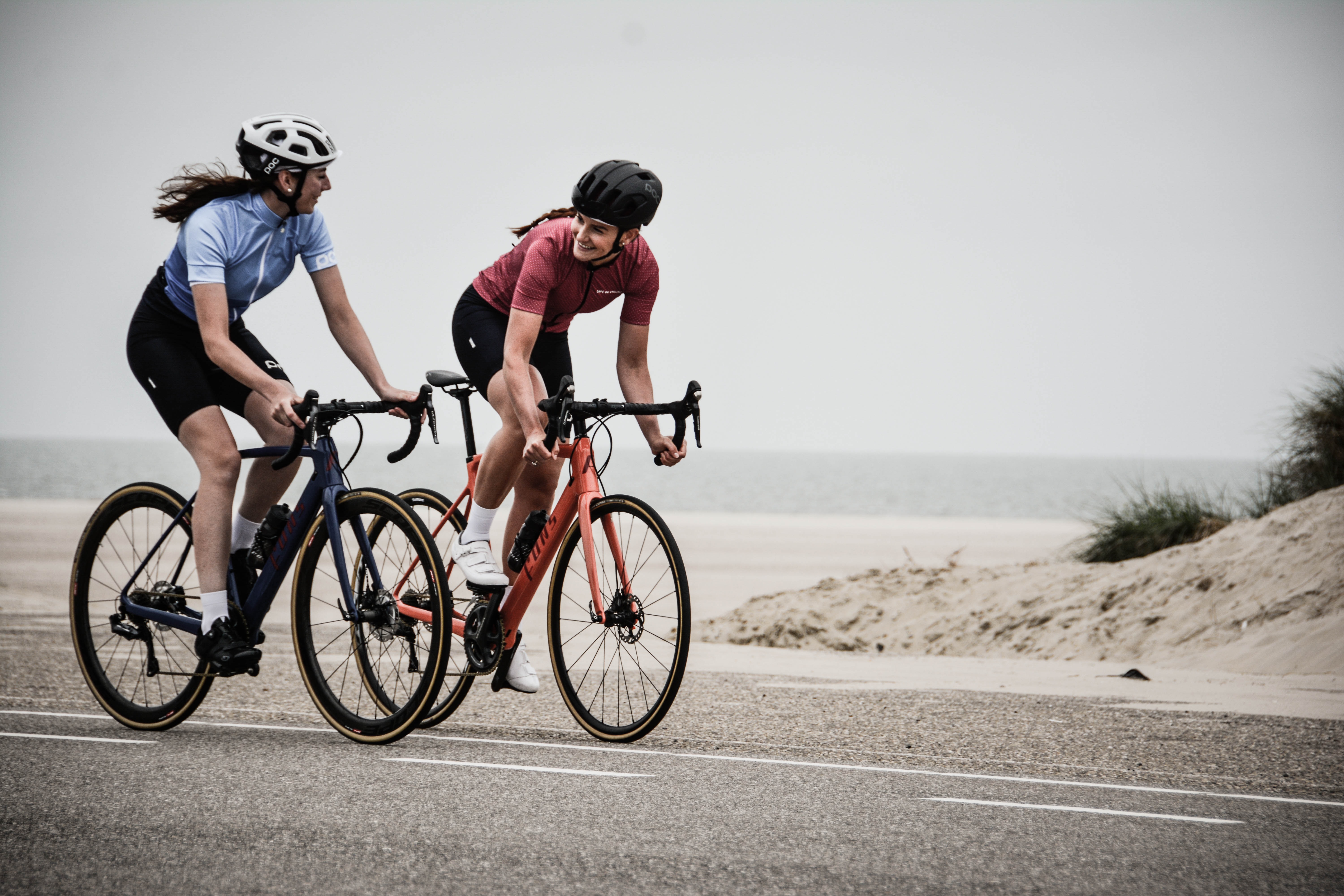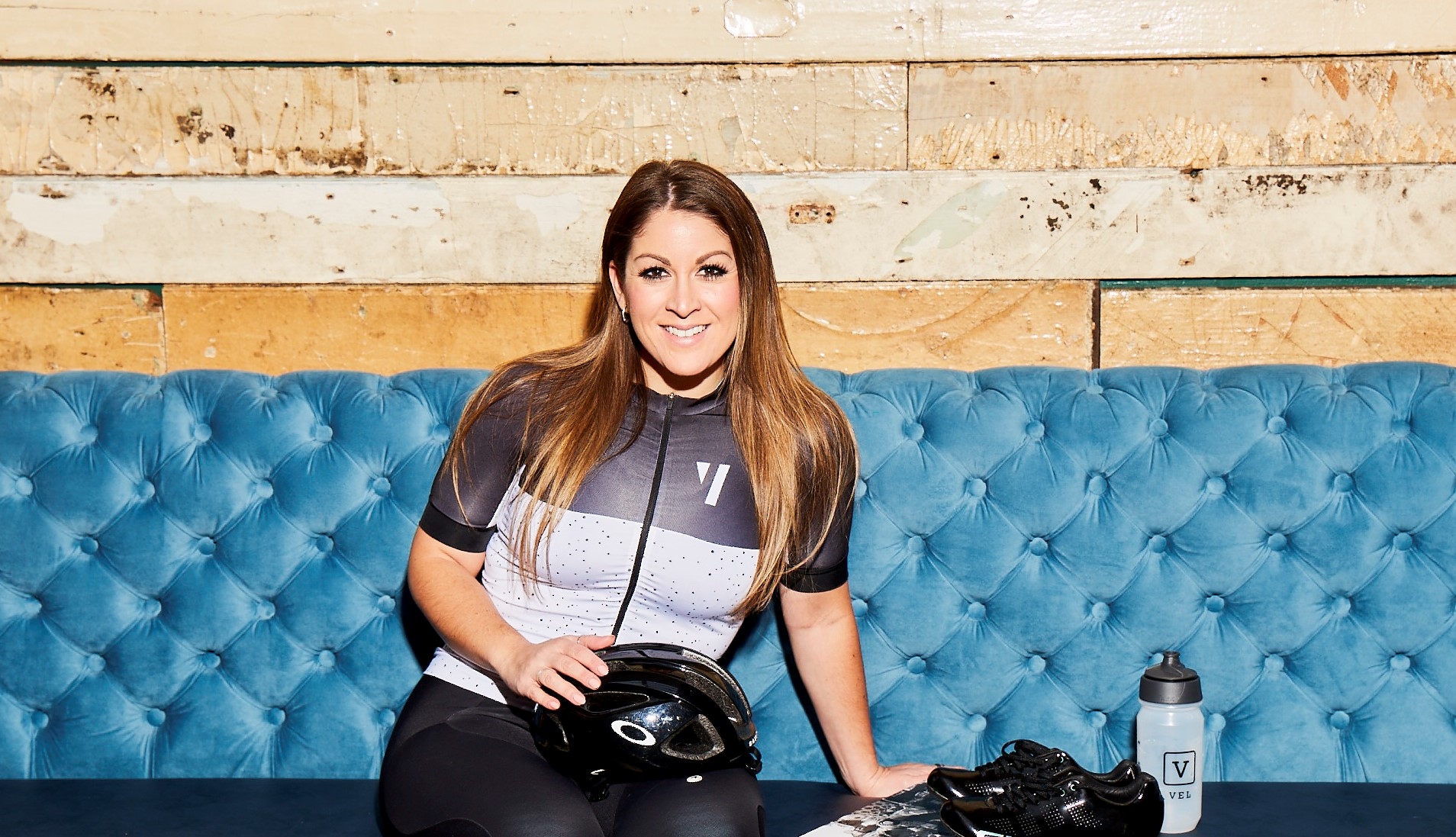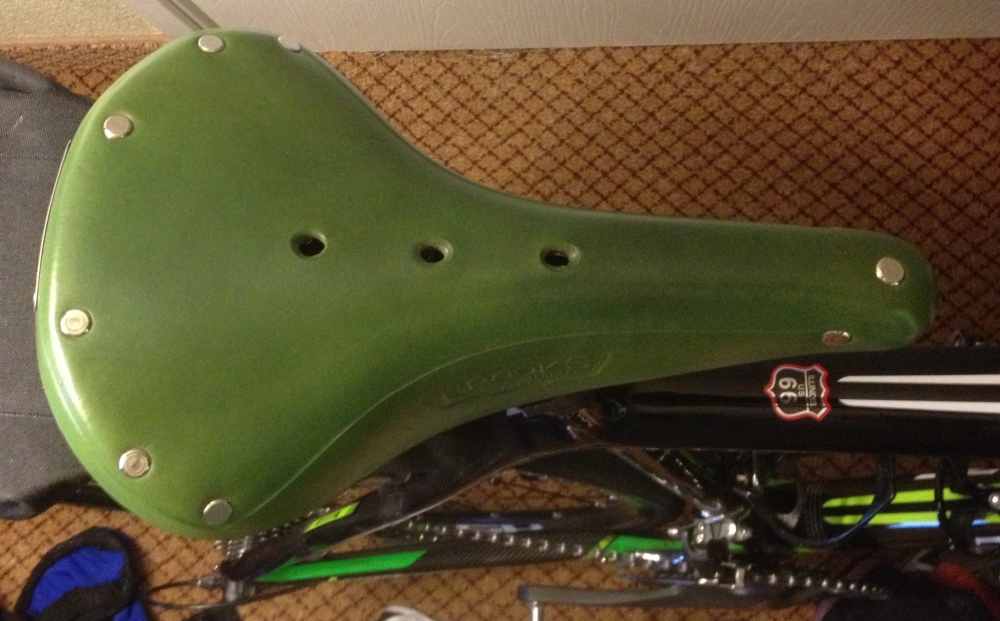Saddle soreness: How do I get a comfortable saddle?
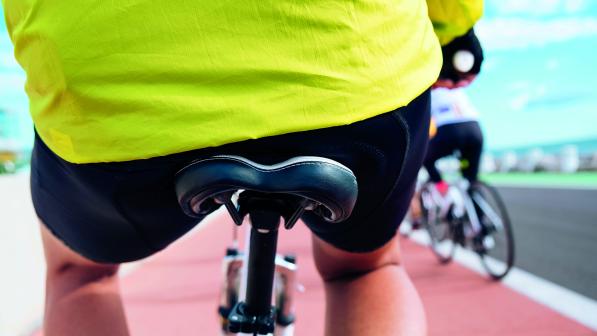
The right saddle
The only infallible way to choose the right saddle is to try different ones on your bike. Some shops have saddle libraries enabling you to try different ones to see what works best.
The right saddle will support your weight on the bony parts of your pelvis rather than the soft tissue in between, avoiding pain and/or numbness. Your pelvic bones are narrower at the front than at the back, where your sit bones are. So the saddle width required also depends on your riding position. Leaning forward on a road bike calls for a narrower saddle than sitting upright on a commuter.
The need for padding differs by usage, too. On a Dutch roadster, with almost all of your weight on your bum, padding and/or springs are helpful. On a road bike, with more of your weight borne by hands and feet, a harder saddle may suit.
The more you lean forward – especially women – the more perineal or (ouch!) genital pressure you can expect. That’s why sportier saddles in particular have cut-outs and channels: to relieve pressure. For a given riding position, they may be the difference between comfort and pain.
The right position
Your riding position isn’t set in stone, however. If you move the handlebar closer and higher, using a shorter and/or taller stem (or a different frame), you’ll sit up more: the wider part of your pelvis will then bear your weight. Part of saddle comfort is handlebar position.
Saddle height matters as well. Too high and you’ll rock your pelvis, causing chafing or other undercarriage discomfort. If that sounds like you, try lowering your saddle in 5mm increments. (To ensure your saddle is high enough, the heel-on-pedal- method works fine.)
For saddle angle, start with it horizontal. Tilting the saddle nose down a few degrees (or maybe more) can help if the handlebar is notably lower than the handlebar. Tilting up is less common but might work for a more upright riding position. Whatever you do, never persevere through pain.
Saddle up!
One of these might (and only might) work for you.
Madison Flux £24.99

Charge Spoon shape suits lots of bottoms.
Rido Lt-series £57.08
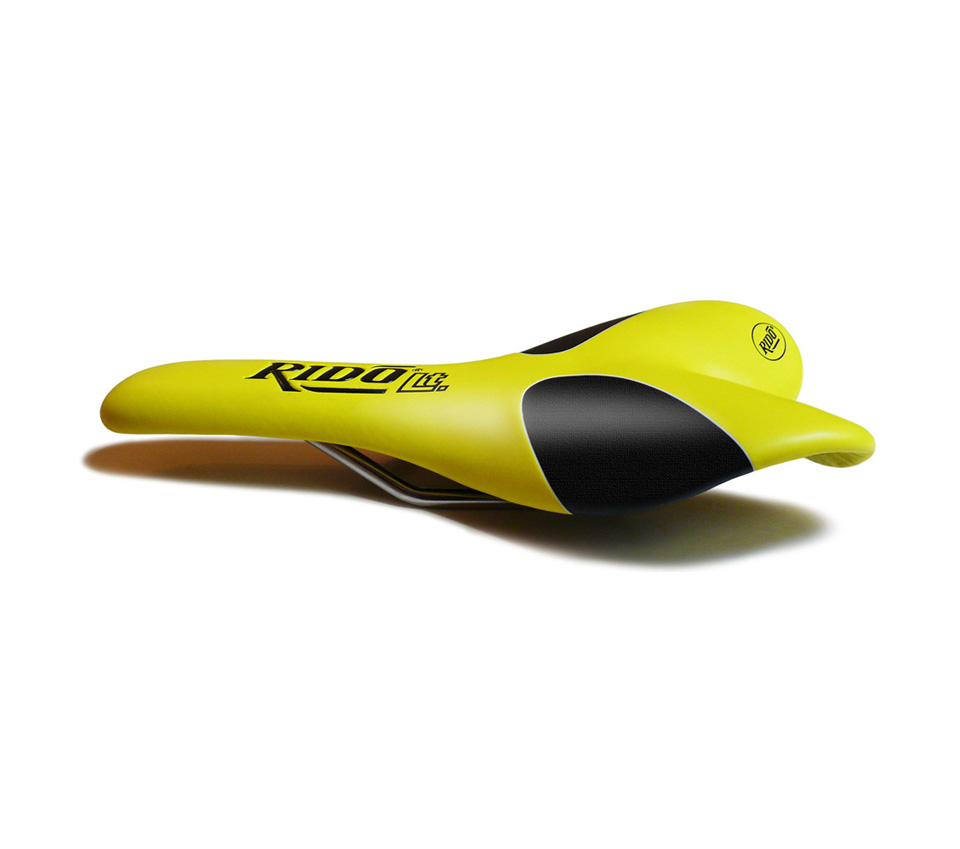
Unpadded but shape suits some.
ISM PR 1.0 £99.99 at the time of writing
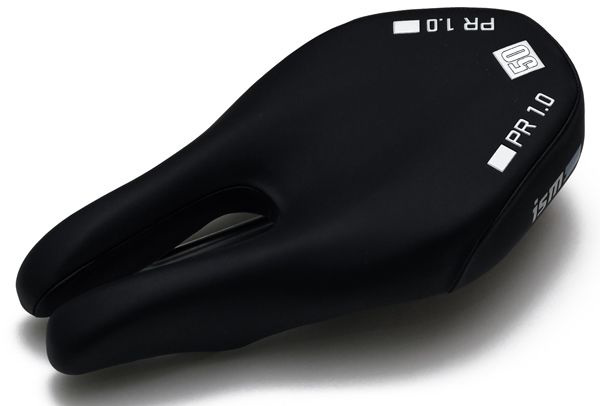
Like other ISM seats, the split nose relieves pressure.
Brooks B17 £89.99 at the time of writing

Brooks’ best-selling leather saddle.

